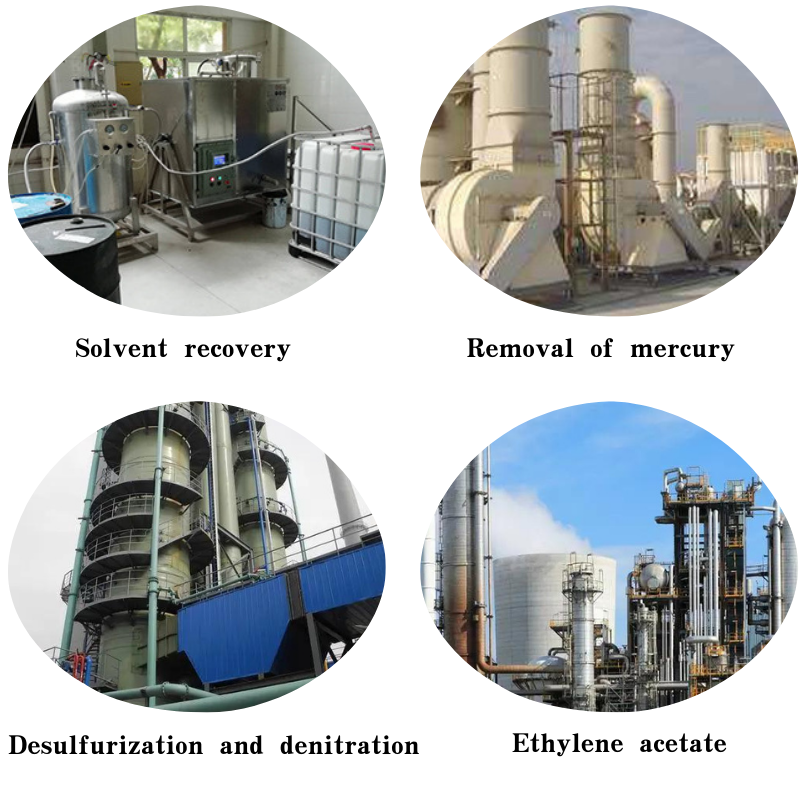
Market Trends and Opportunities in Fly Ash Sales for Construction Industry
The Sale of Fly Ash An Emerging Market Opportunity
Fly ash, a byproduct of coal combustion in power plants, has emerged as a significant material in various industries, particularly in construction and manufacturing. Its utility stems from its pozzolanic properties, which enable it to react with lime in the presence of water to form compounds that contribute to the strength and durability of concrete. As the world steadily shifts toward more sustainable practices, the sale of fly ash presents both challenges and opportunities for stakeholders in the construction and environmental sectors.
Understanding Fly Ash
Fly ash is generated when coal is burned to produce electricity. It is transported out of the power plants through flue gases and captured by electrostatic precipitators or baghouses. The composition of fly ash can vary depending on the type of coal burned and the combustion conditions, leading to different classifications such as Class F and Class C fly ash. Class F fly ash is commonly used in concrete manufacturing, while Class C contains higher amounts of calcium and is suited for soil stabilization.
Market Drivers
The increasing demand for environmentally friendly building materials is a principal driver behind the rise in fly ash sales. Governments and regulatory bodies around the world are promoting the use of recycled materials in construction to reduce the carbon footprint associated with traditional cement production. Concrete, which is the second most consumed material in the world after water, presents an enormous opportunity to integrate fly ash, substituting a significant portion of Portland cement. This not only enhances the performance of concrete but also leads to substantial reductions in CO2 emissions.
Another factor contributing to the growth of fly ash sales is the continuous expansion of infrastructural projects globally. As urbanization accelerates and investment in public infrastructure increases, the demand for construction materials rises, creating a corresponding demand for fly ash. It is essential to recognize that using fly ash in concrete not only improves structural qualities but also leads to cost savings, as it reduces the amount of cement needed.
sale of fly ash

Challenges in the Fly Ash Market
Despite its advantages, the sale of fly ash faces some challenges. One primary concern is the inconsistent quality of fly ash due to variations in coal types and combustion processes. This inconsistency can affect the performance of concrete, making it critical for suppliers to provide high-quality material. Moreover, the environmental impact of coal power generation continuously raises concerns, leading to tighter regulations that could affect the availability of fly ash.
The future of fly ash sales may also be impacted by advancements in alternative technologies, such as biomass energy and renewable energy sources like solar and wind power. As these technologies become more prevalent, the supply of fly ash could diminish, potentially leading to increased competition for this valuable resource.
The Way Forward
To harness the potential of the fly ash market, stakeholders must focus on developing standards and guidelines to ensure quality control and safety in its application. Increased collaboration between power plant operators, construction companies, and regulatory institutions is vital. Furthermore, investing in innovative ways to enhance the quality of fly ash and expand its uses beyond concrete can open new avenues for market growth.
In conclusion, the sale of fly ash represents a growing market with immense potential. By embracing sustainability and working collaboratively, industries can leverage the benefits of fly ash, creating a circular economy that not only reduces waste but also enhances the performance of construction materials. The transition towards a more sustainable future in construction is not only essential but also economically advantageous, positioning fly ash as a critical player in this evolving landscape.
Share
-
Premium Pigment Supplier Custom Solutions & Bulk OrdersNewsMay.30,2025
-
Top China Slag Fly Ash Manufacturer OEM Factory SolutionsNewsMay.30,2025
-
Natural Lava Rock & Pumice for Landscaping Durable Volcanic SolutionsNewsMay.30,2025
-
Custom Micro Silica Fume Powder Manufacturers High-Purity SolutionsNewsMay.29,2025
-
Custom Mica Powder Pigment Manufacturers Vibrant Colors & Bulk OrdersNewsMay.29,2025
-
Custom Micro Silica Fume Powder Manufacturers Premium QualityNewsMay.29,2025






